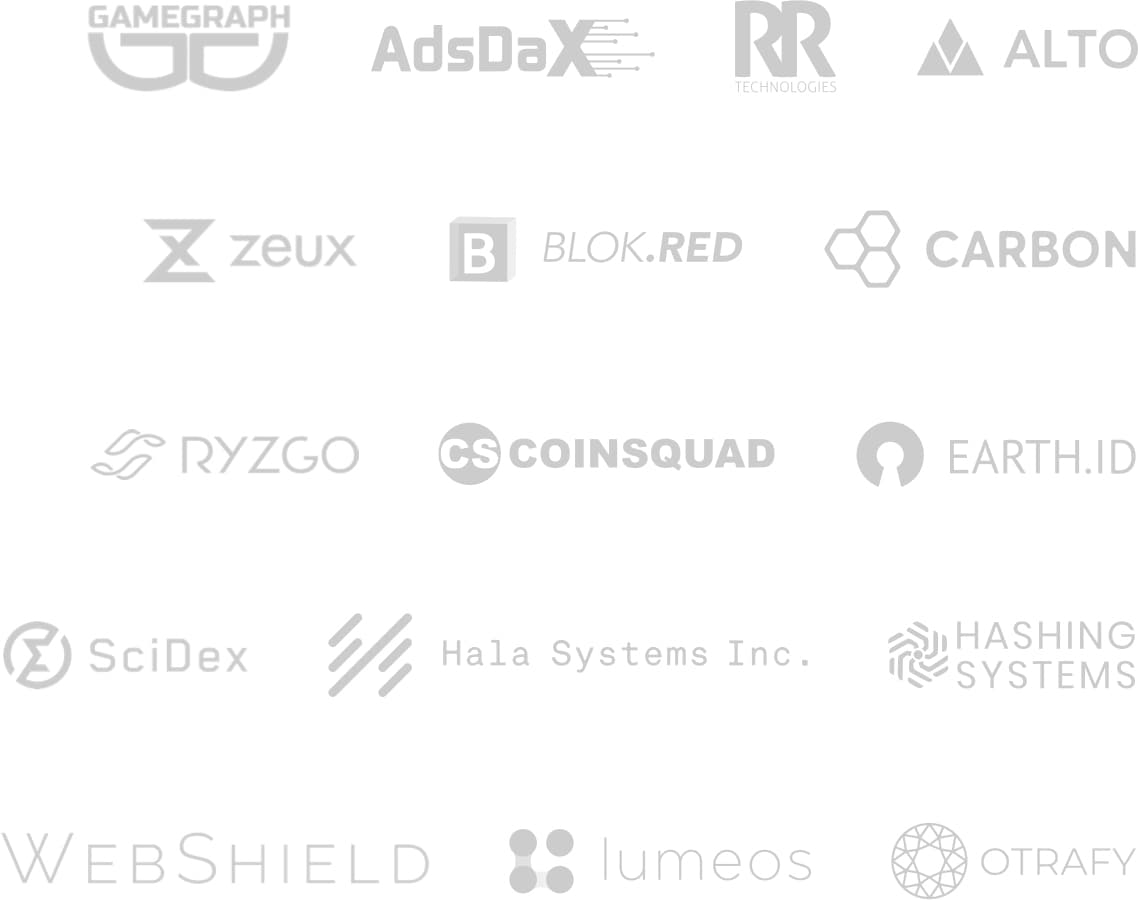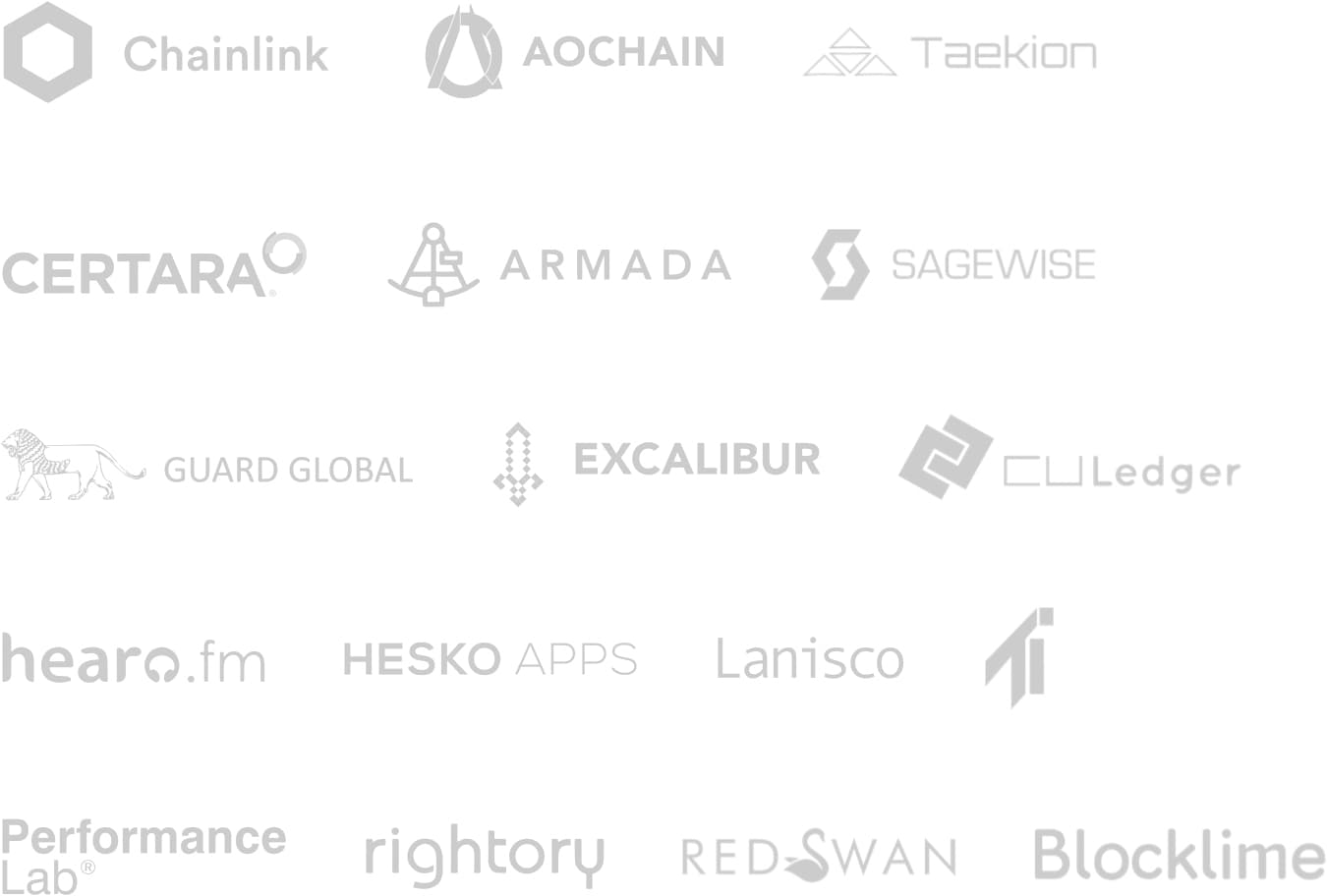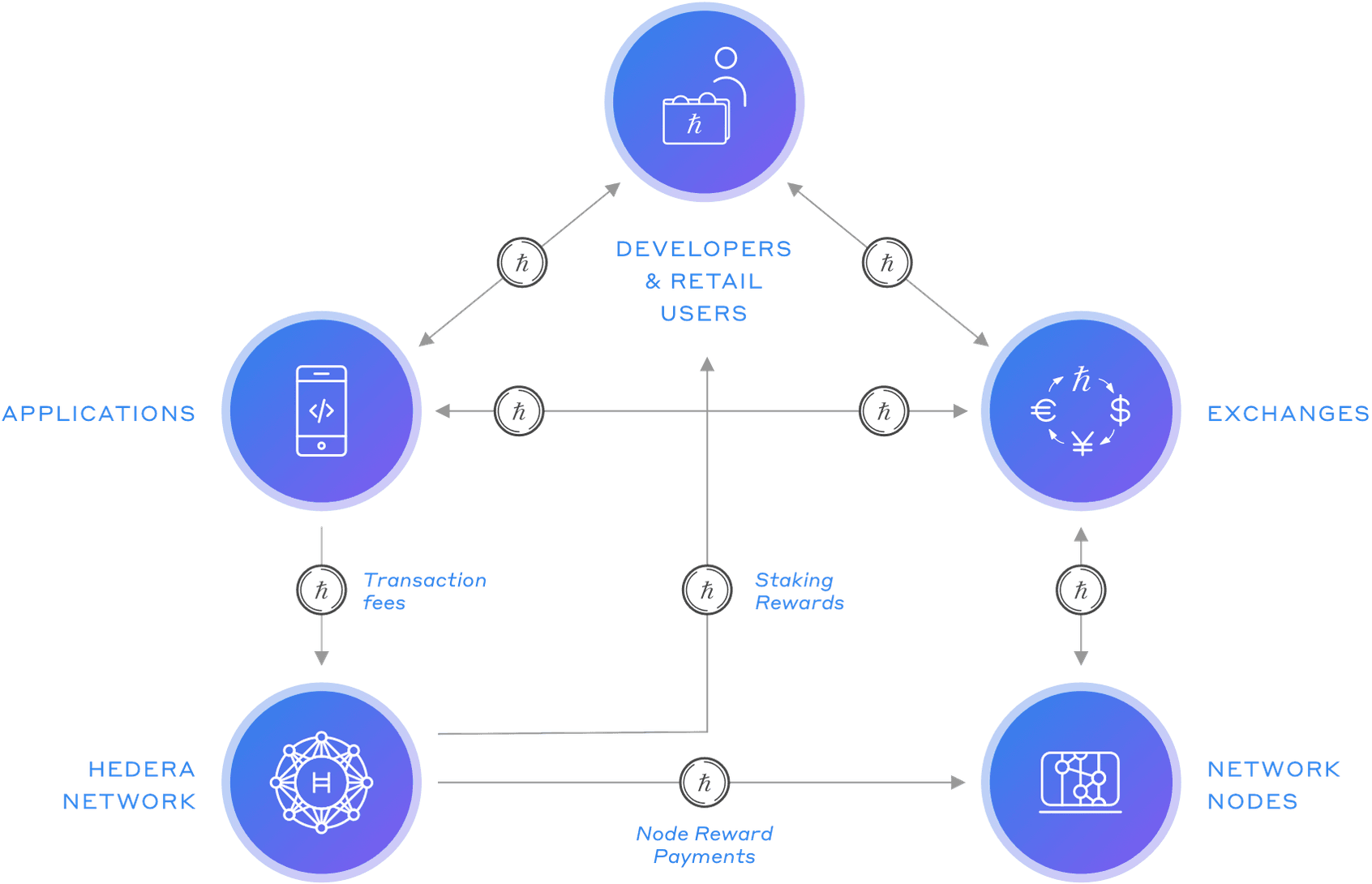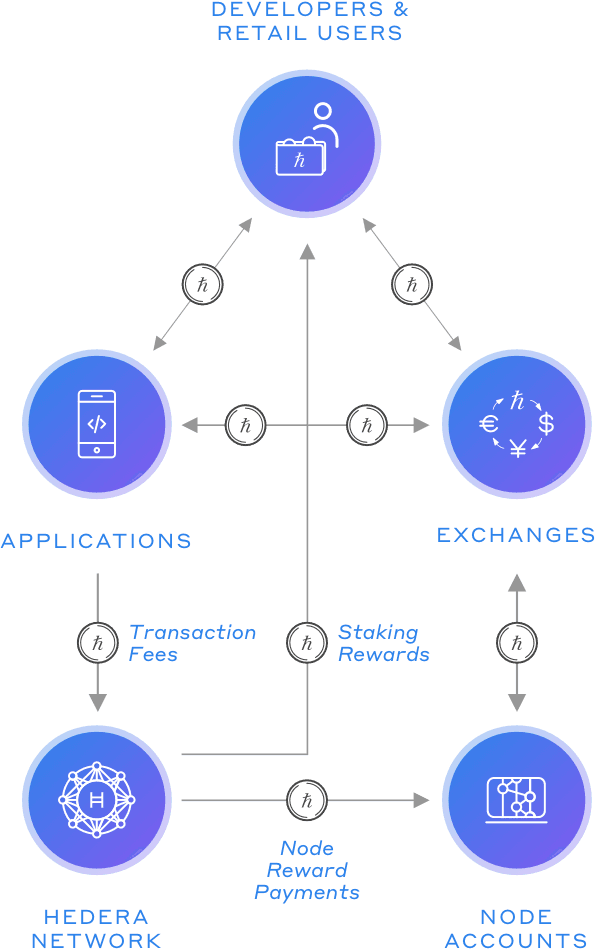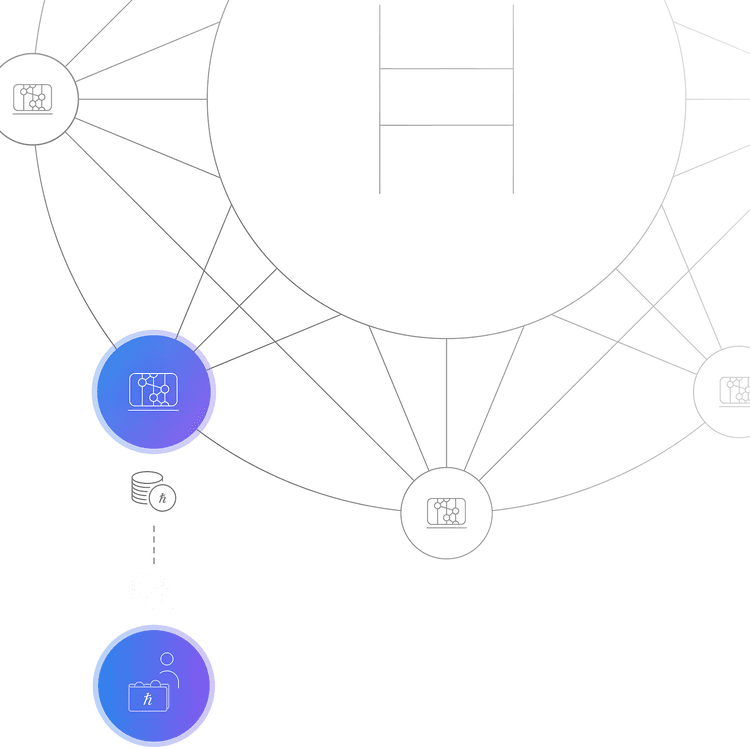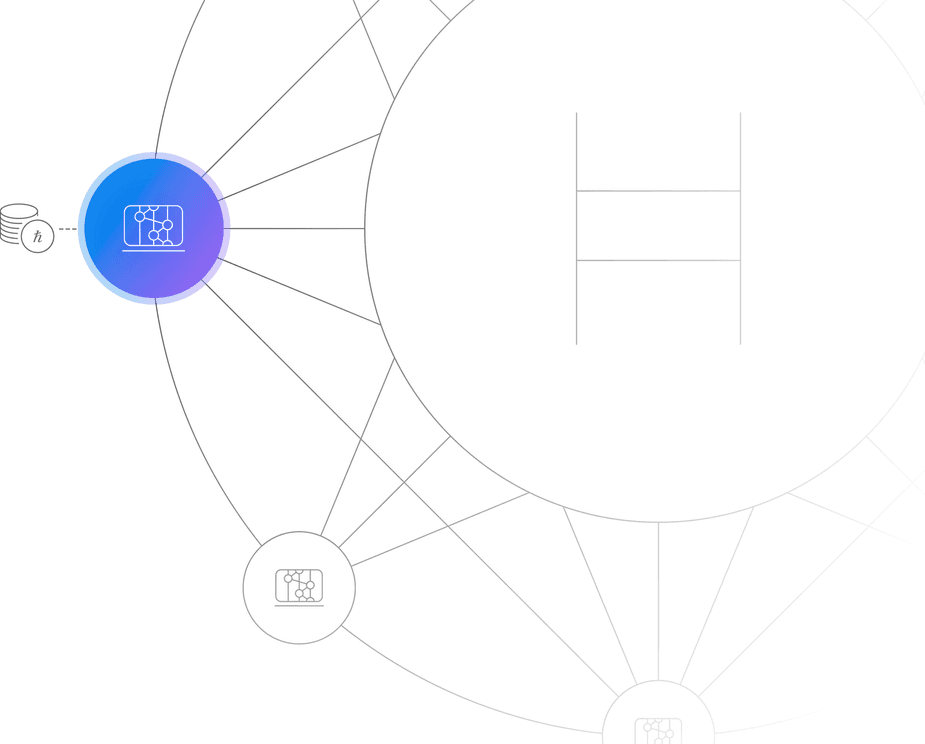HBAR is used to pay transaction fees, make payments and micropayments, and protect the network through its proof-of-stake consensus.
DEVELOPERS & RETAIL USERS
Developer & retail users can purchase hbars from third-party companies and platforms, such as exchanges, that have chosen to integrate into the ecosystem. Once a user has hbars they can use the cryptocurrency to purchase goods and services, and pay application transaction fees. Those with hbars can stake them to a Hedera network node for a maximum of 6.5% APY. Staking will maintain the security and integrity of Hedera’s network operations, while earning the account a small share of transaction fees.
Applications
Decentralized applications are powered by the Hedera public network. Developer and retail users pay transaction fees in HBAR cryptocurrency for every API call, to reward the network for processing transactions.
EXCHANGES
Exchanges, in some markets, can be used by application developers, end users, and Hedera node operators to buy and sell HBAR cryptocurrency. Hedera does not control which exchanges support hbars.
HEDERA NETWORK
When the Hedera network receives a transaction from an application or user, it validates it, places it into consensus order, and gives it a timestamp. For each transaction, the submitter pays the network a fee that is split between network nodes, the Hedera treasury, and accounts staking HBAR.
NETWORK NODES
Every Hedera mainnet node contributes to consensus and stores a copy of the public ledger’s state. Hedera mainnet nodes submit transactions to the network on behalf of applications and perform network service operations. This has associated costs of bandwidth, compute, and storage, for which the node receives HBAR as compensation. Node operators can sell the HBAR they’ve earned for other cryptocurrencies or FIAT through an exchange.
